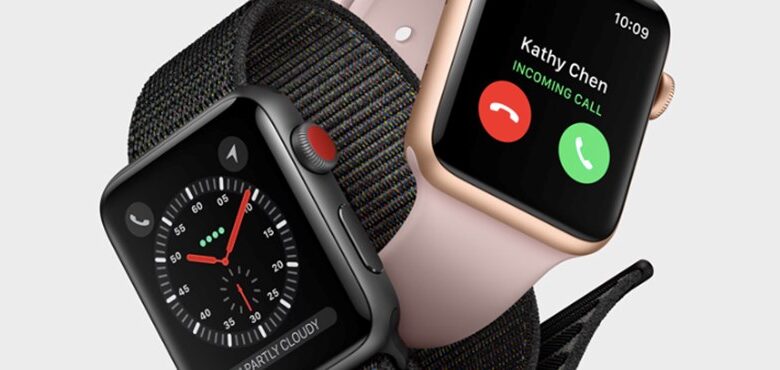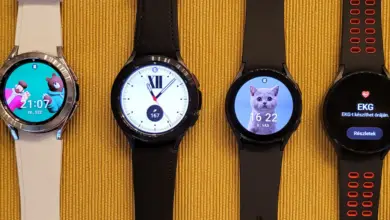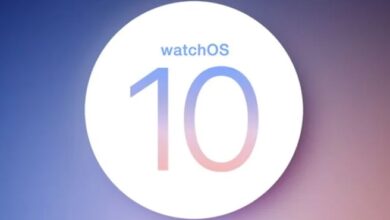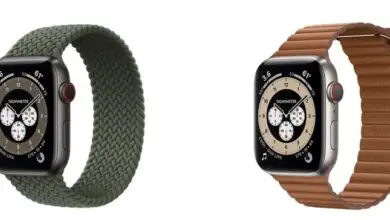Reasons Why the Apple Watch is the Ultimate Pain Prediction Tool for Sickle Cell Disease Patients

The detection of pain levels in sickle cell disease patients treated in hospitals can be facilitated by Apple’s smartwatch. This technology can play a vital role in ensuring more dependable treatment for patients suffering from the disease.
Sickle cell disease is characterized by the sickle-shaped transformation of red blood cells, which can cause blockages in small blood vessels and lead to severe pain. The vaso-occlusive crises (VOCs) resulting from the disease require hospitalization, where patients receive pain medication and saline.

Duke University researchers recently conducted a study to investigate whether the Apple Watch could predict pain levels in sickle cell disease patients experiencing vaso-occlusive crises (VOCs). The research team also sought to develop machine learning algorithms using the data collection capabilities of the Apple Watch to predict pain scores during VOCs.
The study included sickle cell disease patients over the age of 18 who were hospitalized at Duke University between July and September 2021. The patients were given Apple Watch Series 3, which they wore for an average of just over two hours per day. The researchers collected a total of 15,683 pieces of data, including heart rate, heart rate variability, and calorie data from the Apple Watch, and pain scores and vital signs from the patients’ electronic medical records.
Using various machine learning models, the research team analyzed the collected data to determine whether the Apple Watch could accurately predict pain due to VOCs. The results showed that the Apple Watch data could be used to predict pain scores during VOCs, demonstrating the feasibility and potential benefits of this low-cost approach for physicians and individuals with sickle cell disease.
The ability to accurately predict pain levels in sickle cell disease patients with VOCs has significant implications for their treatment. Many doctors believe that administering painkillers in time is the best way to prevent an increase in pain levels. If further research confirms the potential of the Apple Watch to predict pain levels in these patients, it could provide physicians with valuable information that can help them give patients the right pain medication at the right time.
Overall, this study showcases the potential of wearable technology in healthcare and highlights the value of using machine learning algorithms to predict health outcomes. As technology continues to advance, we can expect to see more studies that explore the use of wearable devices to improve healthcare outcomes and patient care.
If you want to know about similar things at other times, like the Facebook page of the Fbhtechinfo.



